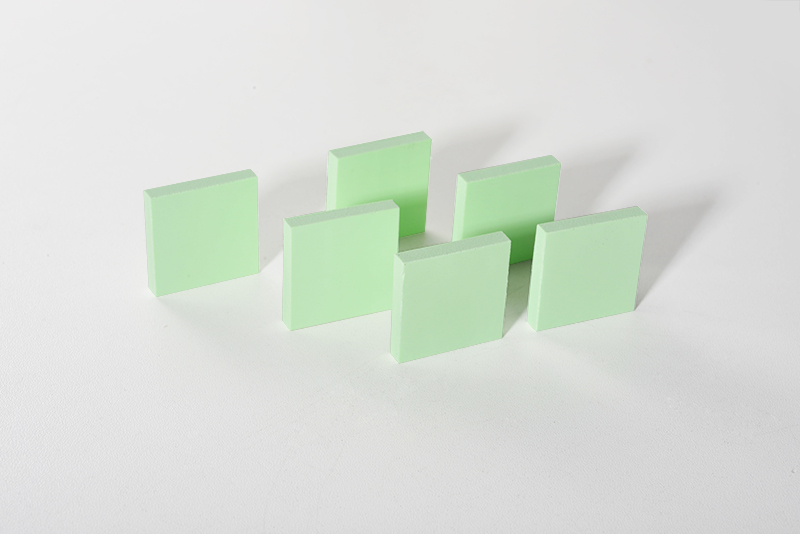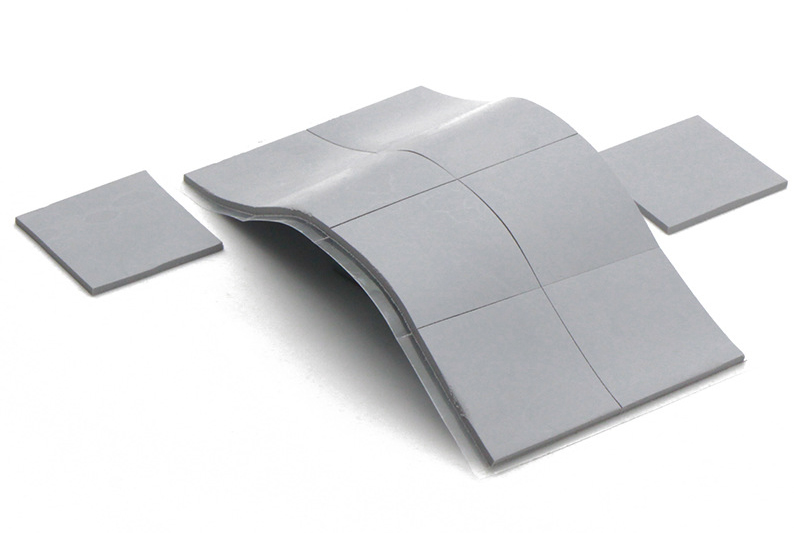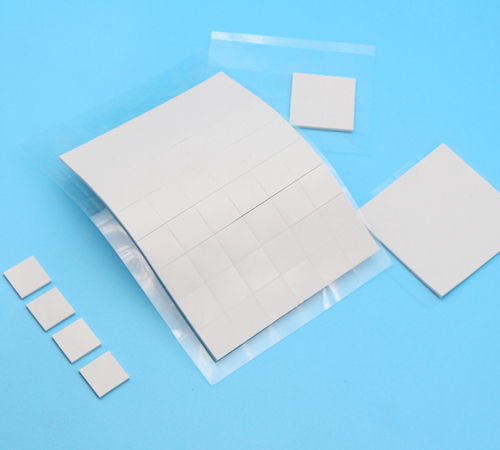What is Elastic Modulus?
Elastic modulus, also known as Young's modulus, is a fundamental concept in material mechanics. It reflects a material's ability to resist deformation under stress, specifically measuring stiffness and elastic properties under tension or compression.
The definition of elastic modulus originates from Hooke's Law, which states that within the elastic limit, strain is proportional to stress. This proportional constant is the elastic modulus, usually measured in pascals (Pa). Physically, a larger elastic modulus indicates a stiffer material, meaning it deforms less under stress.

Elastic Modulus Calculation Formula
In material mechanics, the calculation of elastic modulus typically relies on the stress-strain curve. Stress (σ) is the force applied per unit area, measured in newtons per square meter (N/m²) or pascals (Pa); strain (ε) is the degree of deformation under stress, dimensionless.
The formula for calculating elastic modulus is:
E = σ/ ϵ
where:
● E is the elastic modulus;
● σ is the stress;
● ϵ is the strain.
In practice, the elastic modulus is obtained experimentally. Using a tensile testing machine, a gradual force is applied to a material sample, the corresponding elongation is recorded, and the stress-strain curve is plotted. The slope of this curve represents the elastic modulus.
Definitions and Calculations of Stress and Strain
To better understand the calculation of elastic modulus, we need to define and calculate stress and strain.
Stress
Stress is the internal resistance force generated by an external force acting on a material. The formula is:
σ = F/A
where:
● σ is the stress;
● F is the force applied;
● A is the cross-sectional area.
Strain
Strain is the degree of deformation a material undergoes under stress. The formula is:
ϵ = ΔL/L0
where:
● ϵ is the strain;
● ΔL is the change in length;
● L0 is the original length.

Physical Significance and Practical Applications of Elastic Modulus
Elastic modulus is widely used in engineering and science. It is crucial for material selection and design, structural analysis, quality control, and materials research.
Application in Engineering Design
In engineering design, elastic modulus is a key indicator of material performance. For example, in bridge construction, high elastic modulus steel is chosen to ensure minimal deformation under load, ensuring stability and safety.
Research in Material Science
In material science, studying elastic modulus helps develop new materials and improve existing ones. By adjusting composition and manufacturing processes, the elastic modulus can be altered to meet the needs of different applications.
Quality Control
In industrial production, elastic modulus is an important quality control indicator. Testing the elastic modulus of products ensures they meet design requirements, ensuring stable and reliable product quality.
Conclusion
As a fundamental parameter in assessing a material's resistance to deformation, elastic modulus is crucial in engineering design, material science, and quality control. Understanding its definition, calculation method, and practical applications helps optimize material selection and engineering design, driving technological advancement and innovation.


 CN >
CN >




